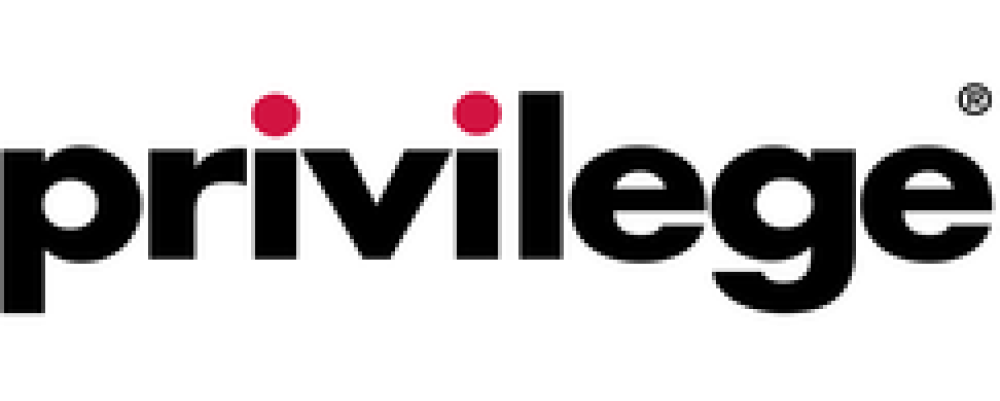Customer segmentation is a market research tool that divides a brand’s consumer base into different groups, with the goal of gaining a deeper understanding of different types of customers.
Although it’s a popular market research tool for many brands, it runs the risk of becoming irrelevant if it is not updated regularly to reflect constantly changing consumer attitudes and behaviours.
In this article we discuss the potential pitfalls of traditional customer segmentation, and explain why a new kind of dynamic, ‘living’ segmentation is key to remaining one step ahead in today’s always-on world.

What Is Customer Segmentation?
Customer segmentation is the process of using data to divide your consumer base into different groups. There are four main types of segmentation for B2C brands, which are:
· Demographic: this segmentation model is based on commonly identifiable data such as age, sex and socio-economic status.
· Geographical: a form of market segmentation based on location; continent, country, city, town, or urban versus rural locations.
· Behavioural: this model is based on how the customer interacts with the brand – for example, by visiting the store or website, making a purchase or consuming the product.
· Attitudinal: a model based on what consumers think about the brands in question. It enables the organisation to target consumers based on what they think and feel.
The more sophisticated segmentation models will often take account of all of the above characteristics to provide a more insightful view of the customer base.
Although B2B market segmentation is less common, it is equally important for these types of companies to identify different customer groups. They may choose to segment customers or prospects by company size, company sector, company structure, purchasing habits, annual turnover, location and more.
What Is the Purpose of Market Segmentation?
A well-thought out customer segmentation model helps brands to better understand and target different types of consumers. For example, an airline may identify a consumer group of middle-aged professionals who are frequent fliers and are likely to appreciate fast-track boarding and a dedicated business lounge. A different consumer segment may be made up of budget travellers who only fly once per year and are looking for the best package deals.
Once these different groups have been identified, brand owners can use this data to inform overall marketing strategy and development. They can also create campaign-specific media buying and messaging that is tailored to each consumer segment and use the most appropriate channels to reach them.
How Is Customer Segmentation Carried Out?

Customer segmentation is best achieved with the help of a market research agency, who will begin by asking you what you already know about your consumer base. If necessary, the agency may carry out some initial qualitative research to identify the defining characteristics, needs and expectations, drivers and barriers of your key consumers.
Next the market research company will carry out a survey to analyse the relative importance of those individual insights, as well as identifying the demographic, geographic, behavioural and attitudinal data required to create detailed customer segments.
The Results: Customer Segment Personas and Golden Questions

Once the data has been analysed, brand owners will be presented with a number of different customer segment personas. These are a highly visual set of customer profiles that bring each segment to life and make it easy for brand owners and key stakeholders to understand the consumer types.
Customer segment personas can be presented in the form of pen portraits, cartoon videos or even by using actors to do segment skits. They are an effective method of presenting segmentation data in an accessible, engaging format that will resonate with key stakeholders.
At Brandspeak, we also provide brand owners with a short set of golden questions cherry-picked from the survey. These key questions allow brand owners to quickly identify which segment a new customer falls into, providing ongoing value after the completion of the segmentation research.
What Are the Potential Pitfalls of Traditional Customer Segmentation?

Although a customer segmentation has the potential to be a highly valuable market research tool, if it’s not approached correctly it will fail to provide useful insight. We’ve identified a few common pitfalls to avoid:
Poor-Quality Input = Poor-Quality Output
Before the segmentation begins, it’s crucial to recognise that the outcome will only be as good as the questioning included in the first place. This means that from the start the market research agency carrying out the work must have a clear understanding of key customer dynamics in order to create an effective survey. If the required understanding is not already available, the agency must carry out qualitative research first to get the insight they need.
Depreciation over Time
Brand owners must also be aware that the value of a traditional segmentation depreciates from day one – just like that of a brand-new car, which depreciates as soon as it’s being driven away from the dealership where you bought it.
Even when the customer segments have just been defined, they describe the characteristics of yesterday’s consumers.
This is important because consumer attitudes and behaviours are not static. In fact they are constantly changing, often in reaction to unpredictable external events such as the Covid-19 pandemic, which had a huge impact on all industries and aspects of life.
Slow Reaction to Changes in the Market
Brand owners must also be ready to react quickly to change – think about the rapid decline of Blockbuster, which failed to adapt into a new market of online streaming and cheap DVDs.
Although the depreciation of a customer segmentation should be a concern across all industries, the rate of depreciation varies. For example, in a fairly stable sector such as confectionery, the data is likely to remain relevant for longer than that of a fintech or across the social media landscape, where constant innovation and development can mean consumer insights become quickly outdated. Brands in this type of industry in particular must ensure that their segmentation is as up-to-the-minute as possible to enable them to stay one step ahead of the competition.
Dynamic Customer Segmentation Is the Solution
Revisiting a customer segmentation once every five years is no longer enough to survive in today’s always-on world. Instead, brand owners should consider spreading their investment over time, with smaller but more frequent updates that stay abreast of change.
In order to stay relevant, it’s critical for a brand’s segmentation to be optimised for today’s consumers – not yesterday’s. The segmentation process must be agile and flexible, and able to reflect the ever-changing attitudes and behaviours of key consumer groups.
This approach can be described as ‘dynamic’ or ‘living’ segmentation, which can be updated in near-to real-time with the most relevant data. New segments can be identified quickly – before your competitors – and highly accurate data can help you to predict the behaviour of consumers before it happens.
Dynamic Segmentation Requires Organisational Flexibility
However, dynamic segmentation is only one piece of the puzzle. For it to be a success, brand owners and organisations must also be prepared to become as agile and nimble as their segmentation.
This means recognising the value of dynamic segmentation and reacting more quickly to any changes in the data. Organisations must move away from the idea of a concrete, never-changing set of customer segments and towards a more fluid response to customer segments that can change rapidly.
By moving too slowly, brand owners run the risk of losing customers to a competitor with their finger more firmly on the pulse.
Socialisation and adoption of a new kind of dynamic segmentation will be key to getting buy-in throughout organisations, and an experienced market research agency will be able to help you achieve this.
Refresh Your Customer Segmentation with Brandspeak
In a post-Covid landscape where consumer attitudes and behaviours have changed dramatically since the start of the pandemic, now is the ideal time to revisit your customer segmentation.
As an experienced market research agency specialising in both qualitative and quantitative research, Brandspeak can help you to redefine existing segments, identify new ones and create a dynamic, future-proofed segmentation that continues to provide value. Whether you’re a B2C brand or a B2B business, we can help you get the insight you need.
Contact us now on +44 (0)203 858 0052 to arrange a call.














